
Tamuna Chabashvili, Ana Gzirishvili, Tamo Jugeli, Nina Kintsurashvili, Keti Kapanadze, Anna K.E., Ema Lalaeva-Ediberidze, Maia Naveriani, Vera Pagava, Elene Shatberashvili, Tamuna Sirbiladze and Nato Sirbiladze
My Sister Named...
Project Info
- 💙 L'Atlas Gallery
- 🖤 Tamuna Chabashvili, Ana Gzirishvili, Tamo Jugeli, Nina Kintsurashvili, Keti Kapanadze, Anna K.E., Ema Lalaeva-Ediberidze, Maia Naveriani, Vera Pagava, Elene Shatberashvili, Tamuna Sirbiladze and Nato Sirbiladze
- 💜 Ani Jorjiashvili
Share on
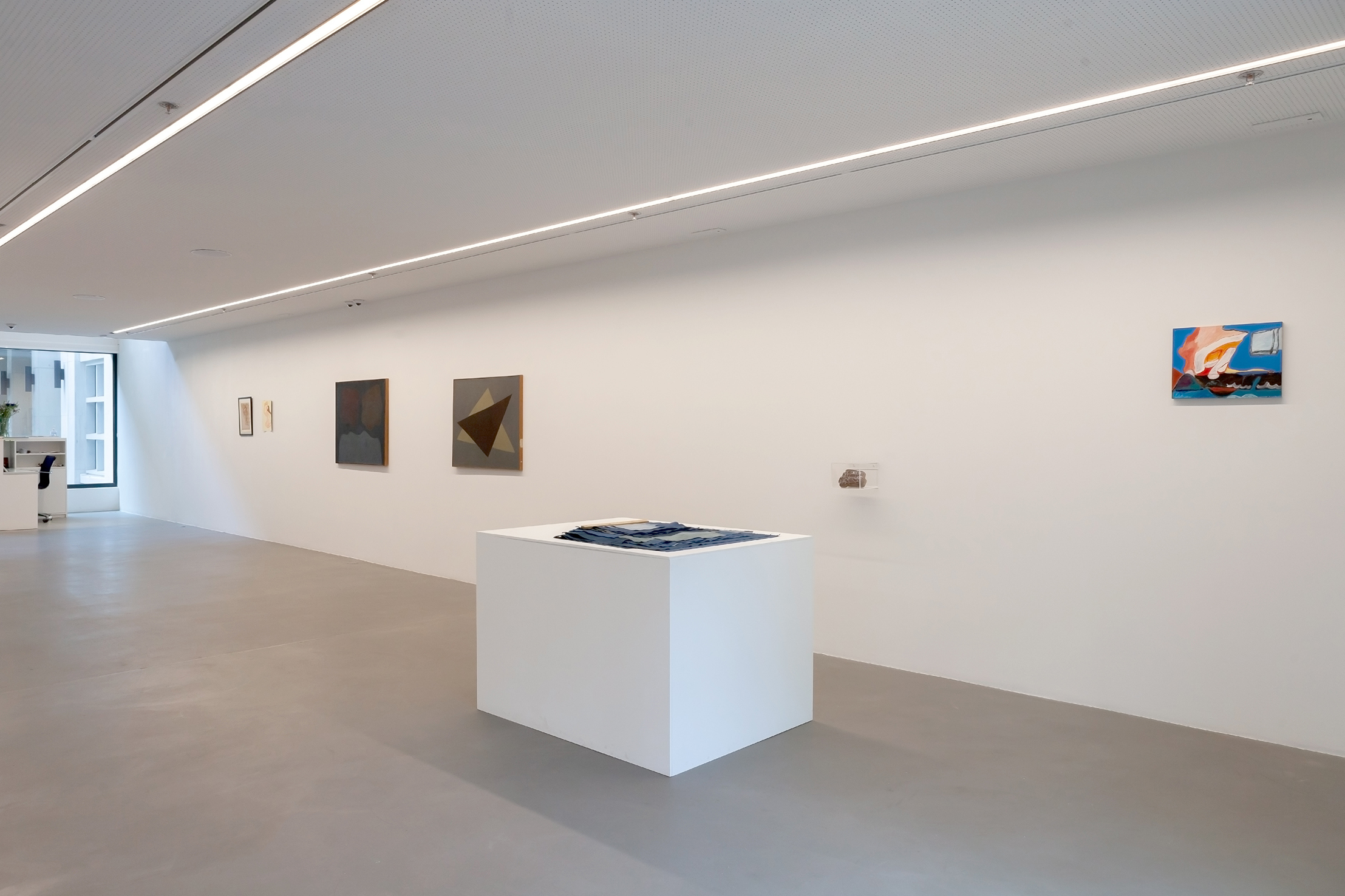
Installation view from the group exhibition 'My Sister Named...' at L'Atlas Gallery, Paris, France, 2024
Advertisement
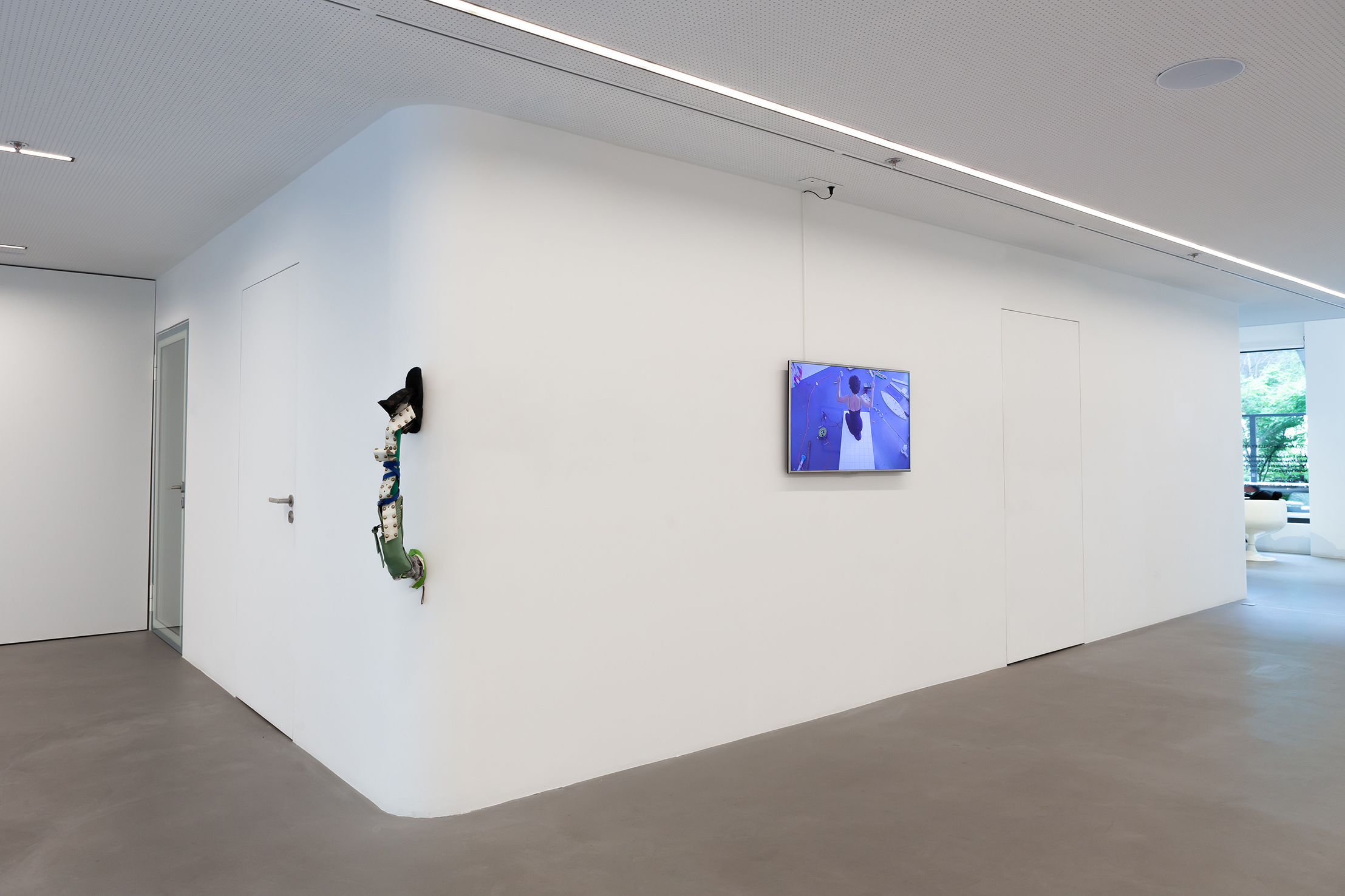
Installation view from the group exhibition 'My Sister Named...' at L'Atlas Gallery, Paris, France, 2024

Installation view from the group exhibition 'My Sister Named...' at L'Atlas Gallery, Paris, France, 2024
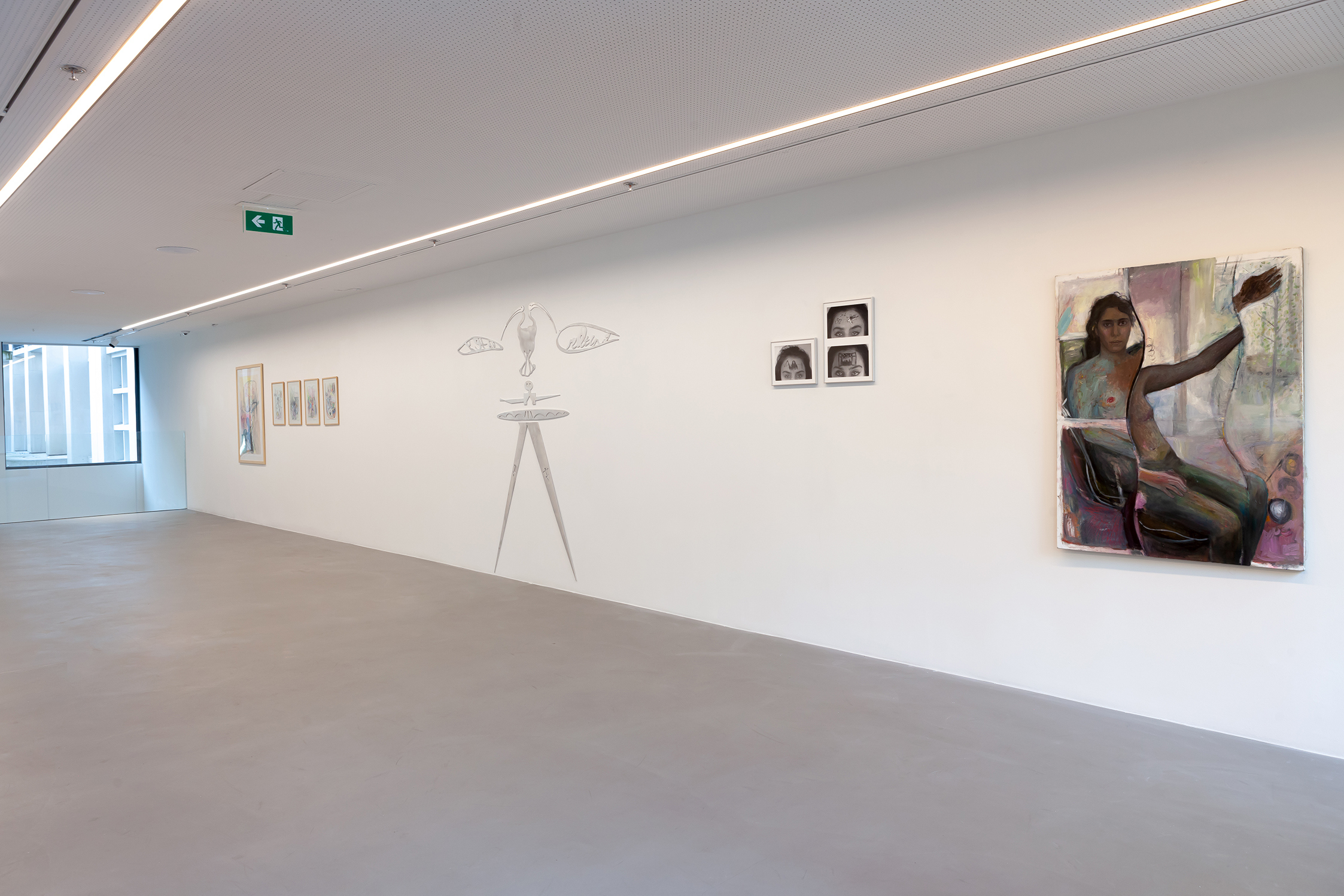
Installation view from the group exhibition 'My Sister Named...' at L'Atlas Gallery, Paris, France, 2024
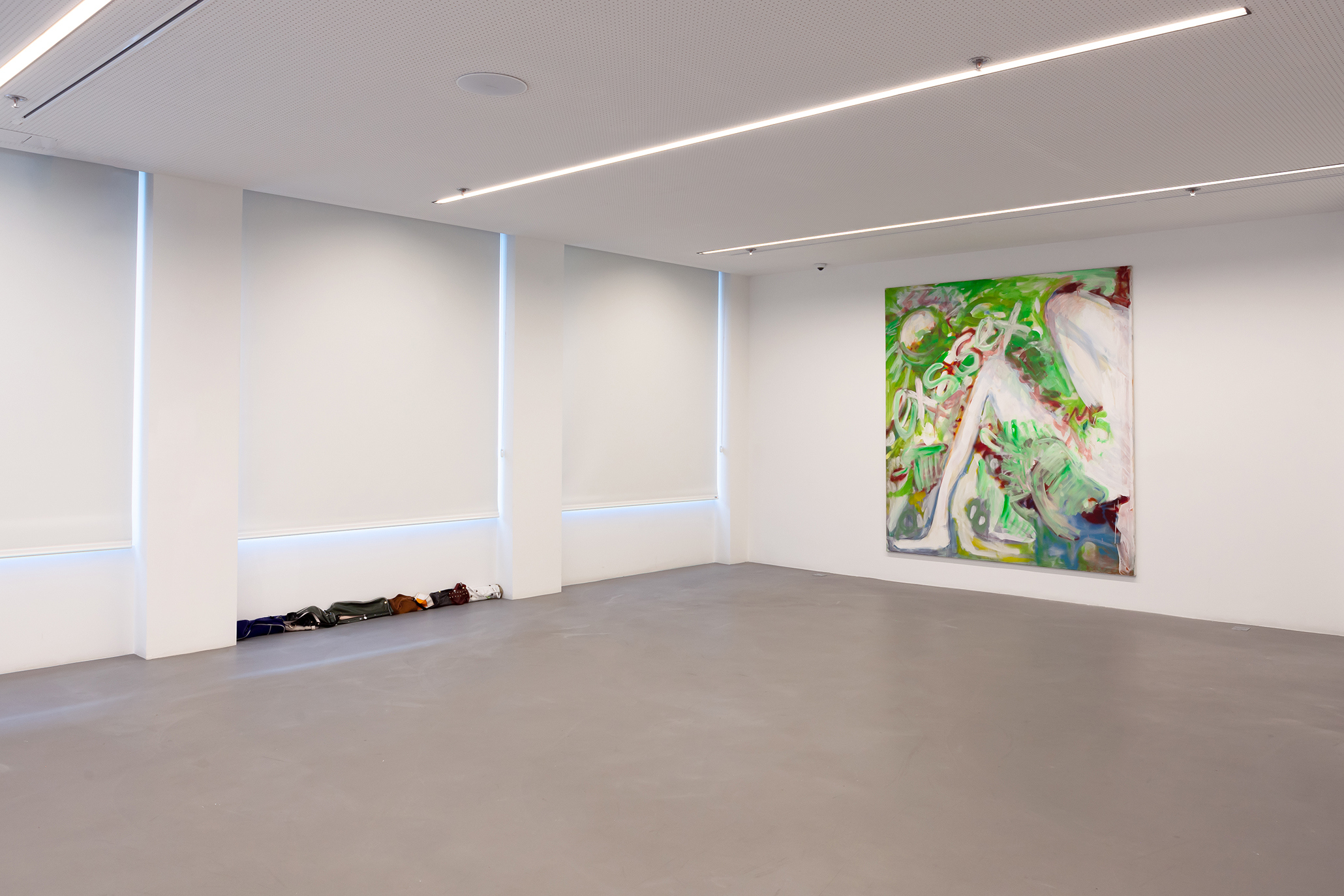
Installation view from the group exhibition 'My Sister Named...' at L'Atlas Gallery, Paris, France, 2024

Installation view from the group exhibition 'My Sister Named...' at L'Atlas Gallery, Paris, France, 2024
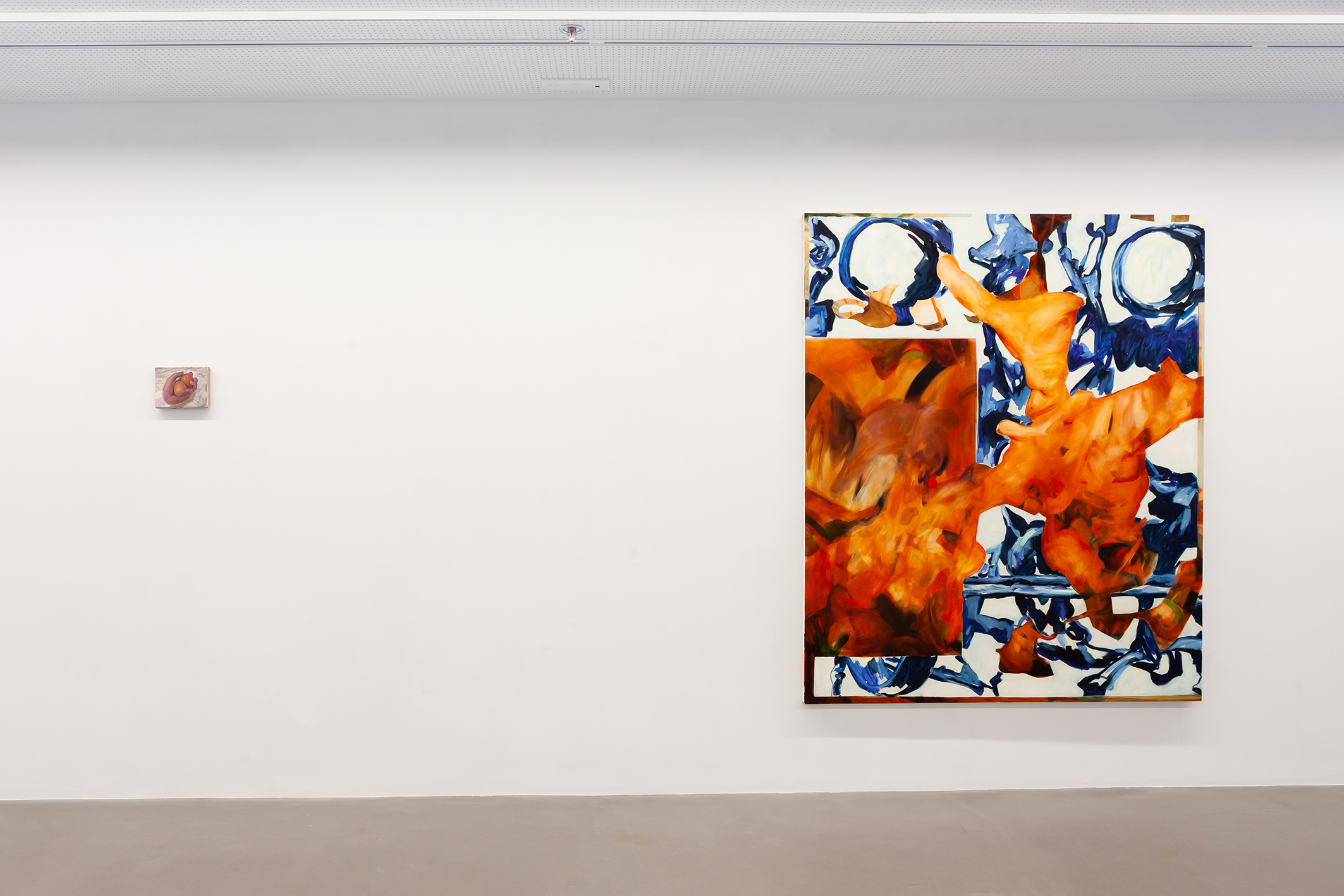
Installation view from the group exhibition 'My Sister Named...' at L'Atlas Gallery, Paris, France, 2024

Installation view from the group exhibition 'My Sister Named...' at L'Atlas Gallery, Paris, France, 2024

Installation view, Works by Vera Pagava

Keti Kapanadze, Creating Now-s, 2024, Aluminum, 200x200 cm, 4 pieces

Nina Kintsurashvili, Sea of Cosmas, 2023, Oil on Linen, 150x198 cm

Tamo Jugeli, Untitled, 2022, Liquid Watercolor, Oil on Acrylic Emulsion on Canvas, 152x152 cm
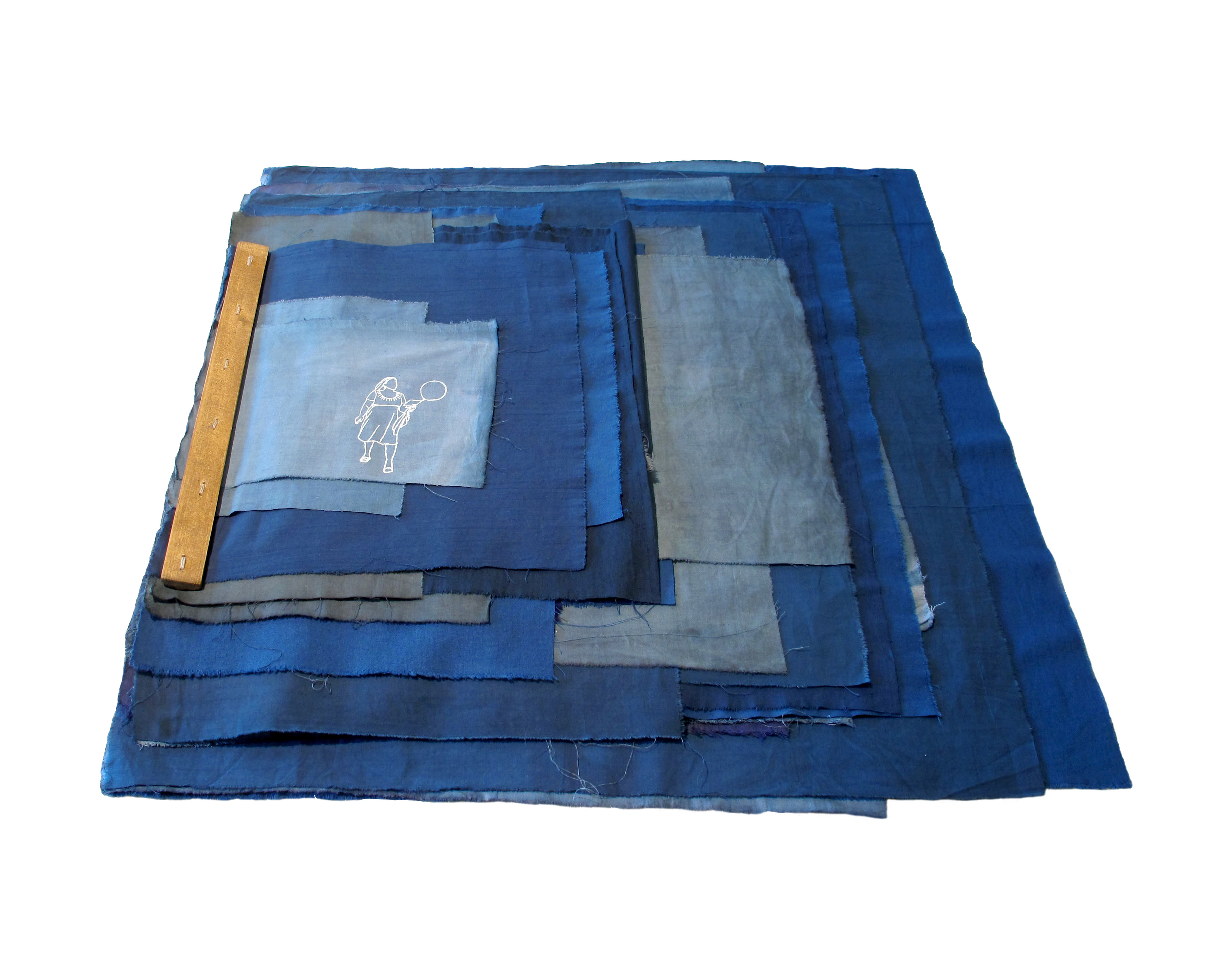
Tamuna Chabashvili, The Book of Patterns, 2015, Hand-dyed Textile, Print, Wood, 70x90 cm
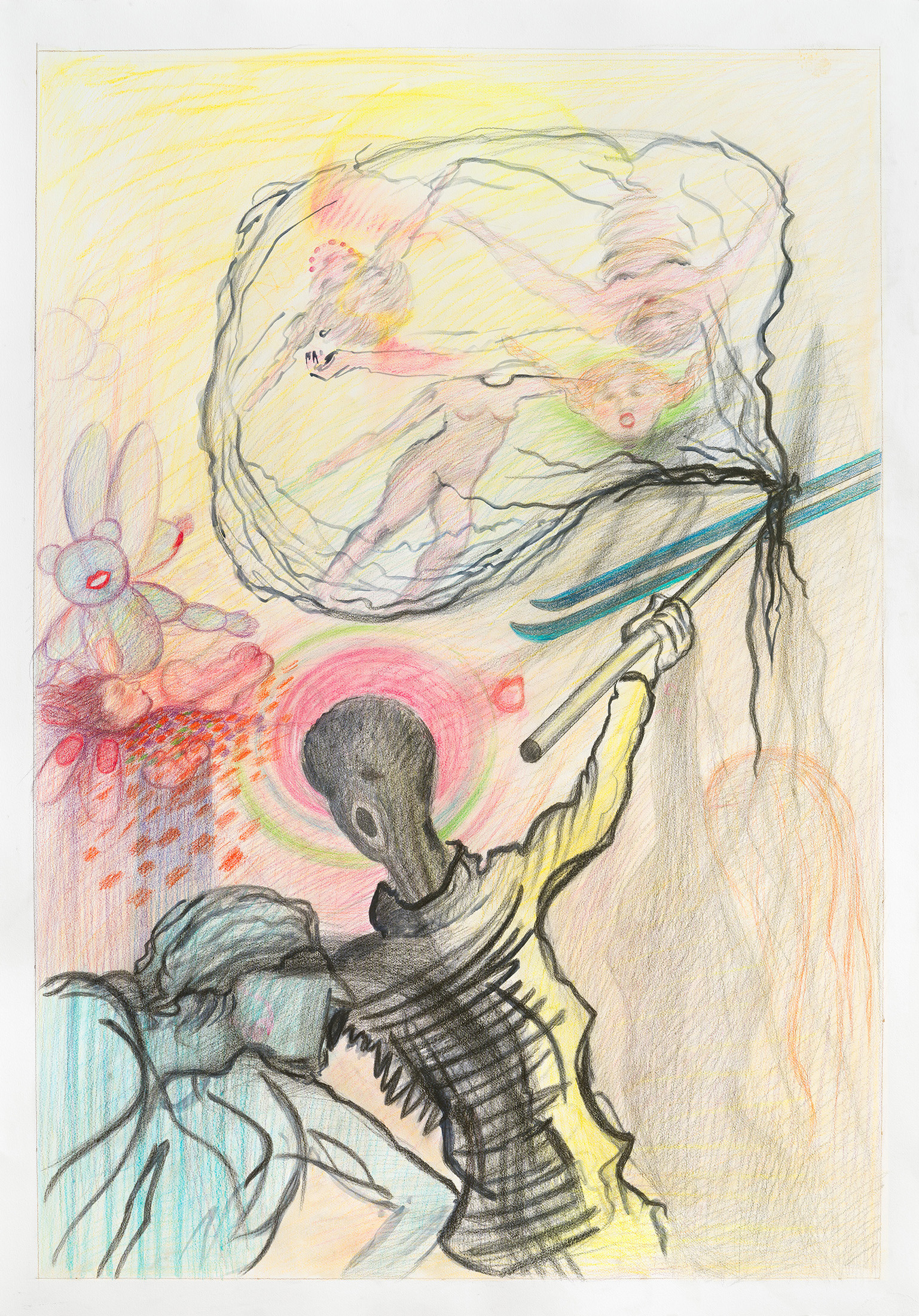
Maia Naveriani, After Honore Daumier, 2024, Colour Pencil and Mixed Media on Paper, 100x70 cm
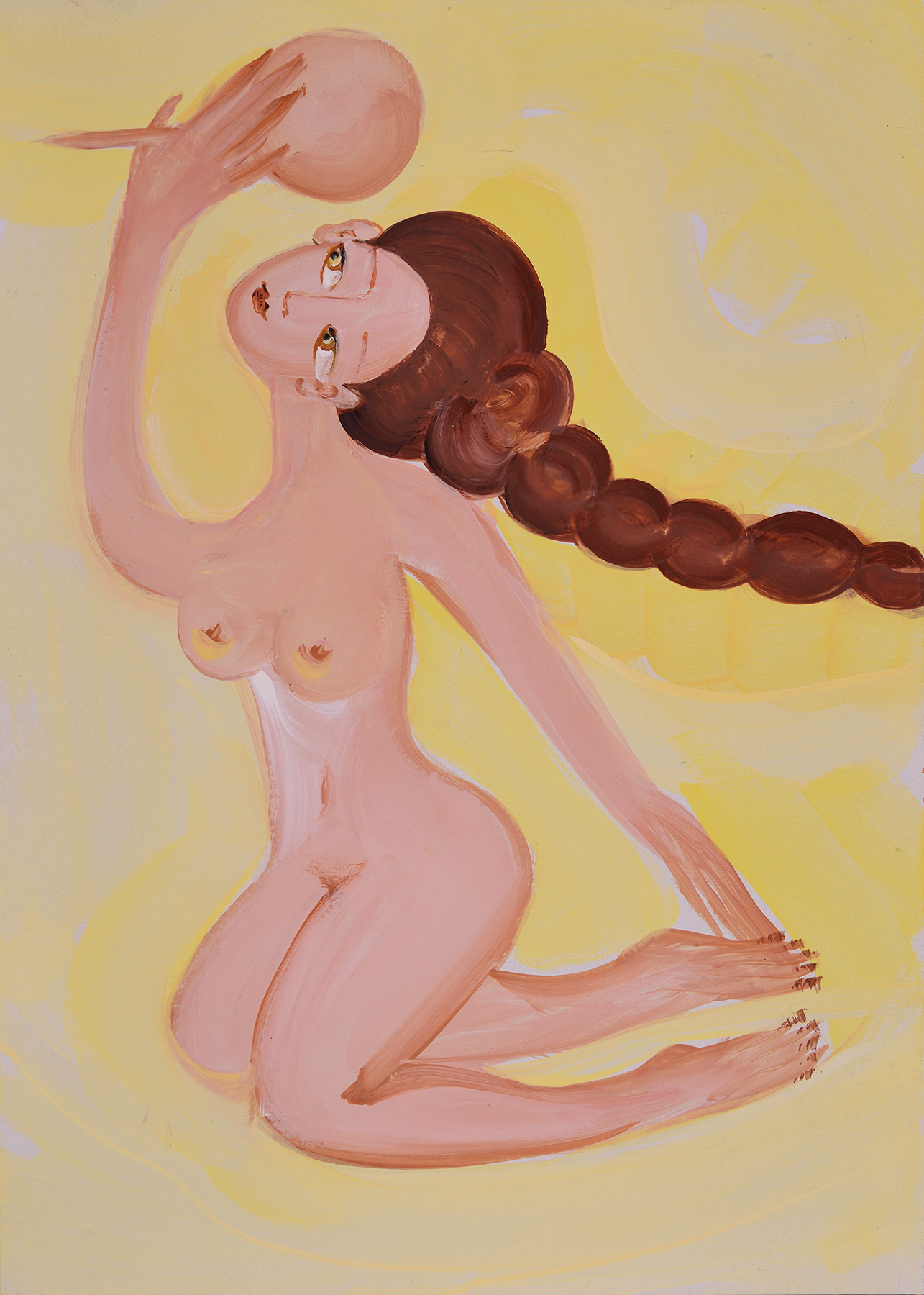
Nato Sirbiladze, A Woman with a Mirror, 2022, Gouache on Cardboard, 33x22 cm

Ana Gzirishvili, Creek, 2023, Leather, Faux Leather, Fabric, Metal, Plastic, Wood, 62x19x25 cm

Ema Lalaeva-Ediberidze, Theatrical Scenery Sketch, 1920, Watercolor on Paper, 9x22 cm
The group exhibition titled ‘My Sister Named...’ presented by Gallery Artbeat offers a compelling exploration into the interconnected themes of fluidity, transition, immigration and identity within the Georgian context. A Group show featuring the works of Tamuna Chabashvili, Ana Gzirishvili, Tamo Jugeli, Nina Kintsurashvili, Keti Kapanadze, Anna K.E., Ema Lalaeva-Ediberidze, Maia Naveriani, Vera Pagava, Elene Shatberashvili, Tamuna Sirbiladze and Nato Sirbiladze.
Within the exhibition space, each artist crafts autonomous realms that engage in a fluid dialogue with space, time, and each other. Through diverse mediums such as painting, collage, drawing, video, and installation, the artists invite viewers to immerse themselves in an exploration of Georgian cultural context across different historical periods. It's crucial to highlight that the context of migration serves as a unifying thread, connecting artists across nearly every generation. Through a curated selection of works by prominent women artists spanning multiple generations, the exhibition provides a nuanced examination of identity, societal shifts and personal narratives. The curatorial decision draws inspiration from Zygmunt Bauman's theoretical framework on modernity.
In the ‘Solid State’ section, established women artists from earlier generations delve into traditional notions of stability and fixed identities, capturing the enduring essence of solid modernity through mediums such as painting. Modernist figures like Vera Pagava and Ema Lalaeva- Ediberidze stand alongside artists who navigated the challenges of the Soviet period and offer insights into the social structures and cultural traditions that define the solid phase of modernity, while also acknowledging its inherent limitations.
The transition phase, represented in the ‘Melting Solid’ section, marks the dissolution of traditional norms and the emergence of a more fluid and uncertain reality. Women artists navigate this period of flux, reflecting on themes of transition, identity flux, and the erosion of boundaries. Figures such as Tamuna Chabashvili, Keti Kapanadze, Maia Naveriani, and Tamuna Sirbiladze symbolize the intensive migration of Georgian creators to Western artistic spaces during the transitional period, challenging established hierarchies and exploring new conceptual territories.
Nato Sirbiladze represents a relatively older generation that didn't emigrate abroad. She's emblematic of this period, having lived through the Soviet era and commenced her work in the 1990s, a time when everything in the local area was collapsing
Finally, the exhibition culminates in the ‘Liquid State’, where contemporary women artists offer insights into the fluid nature of human existence in the era of liquid modernity. Nina Kintsurshvili, Elene Shatberashvili, Ana Gzirishvili, Anna K.E., and Tamo Jugeli, representing the new generation, embody the fluidity of contemporary identities amidst Georgia's transition from colonialism to nationhood. Their works explore themes of connectivity, fragmentation, and resilience, capturing the constant flux of identities in a rapidly changing contexts.
Solid state
Solid state Vera Pagava and Ema Lalaeva-Ediberidze stand as pillars of unwavering modernity, epitomizing an era defined by steadfast commitments, centralized planning, and entrenched social hierarchies. Ema Lalaeva-Ediberidze, a pioneering female artist residing in Tbilisi during the early 20th century, tragically fell victim to repression in 1938. Her husband was unjustly branded as a traitor to her homeland, arrested, and deported. Her oeuvre occupies a central position in the formative years of the Georgian avant-garde movement, offering invaluable insights into the essence of Georgian modernism. Renowned as one of the most progressive artists of her epoch, Lalaeva-Ediberidze skillfully infused her creations with diverse avantgarde currents, including Cubism, Futurism, Cubo-Futurism, Luchism, and Constructivism. Vera Pagava (1907, Tbilisi – 1988, Paris) emerges as a luminary in the realms of painting, graphic art, decoration, and monumentalism, leaving an indelible mark on the French art scene of the 1960s and 1970s. Hailing from Tbilisi, Pagava embarked on a transformative journey, relocating to Paris in 1923 and establishing herself as a distinguished Georgian artist in the heart of France. Delving into Pagava's artistic narrative necessitates a nuanced exploration of her biography, contextualized not only within the vibrant milieu of Paris and its global sphere but also against the backdrop of twentieth-century Georgian history. The tumultuous political landscape of her homeland during the 1920s thrust Pagava into the dual roles of émigré and exile, shaping her artistic identity profoundly.
Melting Solid
Melting Solid During the transitional period known as the ‘Melting Solid’, there was a significant in flux of Georgian creators into Western artistic spaces, marking a unique phase in the history of new Georgian art leading up to the 1990s. With Georgia's transition to an independent country in the 1990s, existing institutions and socio-cultural models underwent substantial changes or disappeared altogether. Figures like Tamuna Chabashvili, Keti Kapanadze, Maia Naveriani and Tamuna Sirbiladze, symbolize this migration, each contributing in distinct ways. Tamuna Chabashvili emerges as a seminal figure within Georgian art history, pioneering the introduction of themes centered around gender research and the examination of gender violence against women in the context of Georgian society. Her oeuvre delves into the intricate layers of personal and collective histories, notably exploring narratives of emigration and forced displacement. Kapanadze played a pivotal role in conceptual art, while Naveriani focused on challenging established hierarchies. One notable representative of this period is Nato Sirbiladze, who experienced the Soviet era and began her artistic career in the tumultuous 1990s, a time of upheaval in the local area. Sirbiladze commenced painting at the age of 31, and the absence of formal professional training allowed her to explore and develop her unique artistic style. This transitional era not only witnessed the physical movement of Georgian artists but also a shift in artistic paradigms and ideologies. The dissolution of traditional structures opened up new avenues for experimentation and expression, leading to the emergence of diverse artistic voices like Sirbiladze's. Through their work, these artists navigate the complexities of identity and societal transformation.
Liquid State
In Bauman's notion of liquidity, it refers to the constant state of flux and uncertainty characteristic of contemporary society, where identities are no longer fixed but fluid, subject to continual change and adaptation. Representing the generation of liquidity, Nina Kintsurshvili, Ana Gzirishvili, Anna K.E., Elene Shatberashvili, and Tamo Jugeli embody the fluidity of contemporary individual during Georgia's transition. As artists nearly the same age as Georgian independence itself, they grew up in times of uncertainty, transformation, and the search for a collective cultural identity, all while the country was transitioning from Russian and later Soviet colonialism to an independent nation. Growing up in such times of uncertainty, they create works that capture the constant flux of identities, challenging the fixed nature of identity seen in solid phases. Their artworks, described as snapshots in constant flux, echo the easy flow of fluids, contrasting with the resistance to change found in solids.
Ani Jorjiashvili




